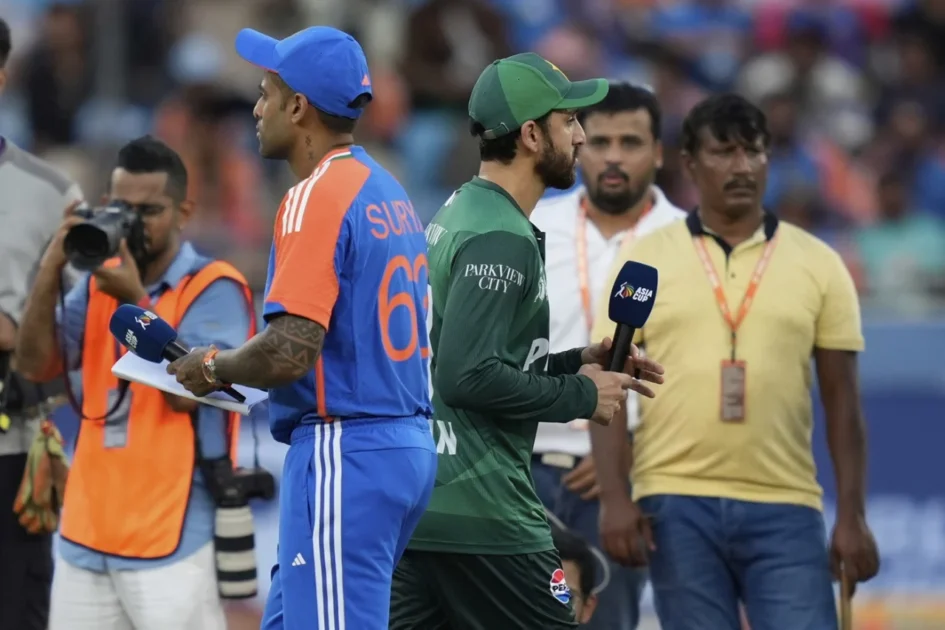- Web Desk
- Nov 12, 2025
The hammer falls as Pakistan rises
LAHORE: In a land where tempers often burn hotter than the summer sun, Pakistan has once again made its stance clear. With Mission Hammer Strike, the country’s battle-hardened Mangla Corps has sent a strong message, directly confronting India’s Cold Start Doctrine with precision and power. For those unfamiliar, Cold Start is India’s war-fighting strategy that aims to execute lightning-fast attacks with division-sized integrated battle groups to penetrate Pakistani territory, quickly, shallowly, and with the hope of leveraging the gains for political mileage. But here’s the catch: this doctrine assumes Pakistan will hesitate. Mission Hammer Strike just buried that assumption.
Mangla Corps isn’t your everyday formation. Since 1957, it has stood as the backbone of Pakistan’s eastern defense strategy. It’s the corps whose tanks stare down the Indian border and whose soldiers have stared down Indian offensives in 1965 and 1971. This week, it wasn’t just practicing, it was sending a message: Pakistan is not just prepared for war; it is ready to win it.
With the Army Chief General Syed Asim Munir watching closely, Hammer Strike was a demonstration of Pakistan’s modern doctrine of war, kinetic and non-kinetic, synchronized and swift. From artillery supporting tanks to air force coordination, from fast mobilization to strategic maneuvers, everything screamed one thing: decisive readiness.
“We want peace, but not at the cost of our dignity or our borders,” said the Army Chief. “Any aggression will be met with decisive action.” Let’s break this down. India’s Cold Start envisions penetrating 50-80 kilometers into Pakistani territory within 48 hours. It’s a doctrine driven by blitzkrieg fantasy, except this isn’t Europe, and Pakistan isn’t a pushover.
Pakistan, under General Kayani back in 2013, revised its doctrine to counter exactly this giving birth to the concept of “comprehensive response” and military exercises like Azm-e-Nau, which emphasized offensive defense: hit hard, hit fast, and hit first if necessary. The strategy now includes rapid mobilization of division-sized combat groups within 24 to 48 hours, striking not just in defense, but pushing into enemy territory before they can settle into theirs. Rivers, terrain, and strategic depth provide Pakistan with a geographical edge, while the army’s battle-hardened formations, thanks to years of anti-terror ops provide the psychological edge.
India’s response to rising tensions? A combination of chest-thumping rhetoric and playground tantrums. Banning Pakistani celebrities, shutting down Pakistani social media accounts, and even separating families across borders. It’s all optics, no substance.
Even PM Modi, in his usual dramatic tone, said the Indian military has “full freedom” to decide how to respond. Yet India continues to struggle in identifying culprits behind attacks like Pulwama, let alone mount a coherent strategy.
Global powers have taken note. The New York Times stated India seems more focused on building a case than proving one. The Economist called for evidence, not noise. The U.S., through its Vice President and Secretary of State, has explicitly called for de-escalation. China echoed the same, impartial investigation first, warmongering later.
Pakistan, meanwhile, has been proactive on the diplomatic front. PM Shehbaz Sharif has urged the U.S. to rein in Indian aggression and focus on regional stability. Unlike India’s performative nationalism, Pakistan’s posture is pragmatic: ready for peace, equipped for war.
Yes, India has Rafale jets, nuclear submarines, and the S-400 defense system. But here’s what they don’t advertise; interoperability issues. The Rafale is French. The S-400 is Russian. And like any software-hardware mismatch, the systems don’t always talk to each other. According to experts, the key detection systems are not integrated, meaning that in the chaos of war, India’s multi-billion-dollar toys might not be able to protect each other, let alone dominate the battlefield.
On the other hand, Pakistan’s F-16 fleet, revitalized with U.S. support has proven its mettle. Let’s not forget: Pakistan shot down an Indian MiG in 2019, and captured its pilot, handing him back with grace that outshone India’s aggression. Unlike India’s parade-based war readiness, Pakistan’s military is constantly in action. We don’t need conflict simulations, we live them. From insurgencies on the western front to hybrid warfare on the eastern front, the Pakistan Army, Air Force, and Navy have been battle-tested for decades.
In Hammer Strike, what we saw was the evolution of this experience: from ground troop agility to logistical coordination, to aerial support and digital warfare capabilities. Pakistan’s Navy, too, stepped in, declaring it is “Ready at All Hours.” This isn’t about warmongering. It’s about telling the world: Don’t mistake our desire for peace as a sign of weakness. We know how to protect what’s ours; with precision, not provocation. As India fumbles to decide between symbolic strikes and strategic confusion, Pakistan stands clear-headed, cohesive, and committed to peace, yes, but also to preserving national dignity and security at any cost.
In a nutshell, Mission Hammer Strike was more than an exercise. It was a psychological shift. A message to India, and to the world:
Pakistan is not just prepared for Cold Start. It’s warmed up, geared up, and standing tall.






